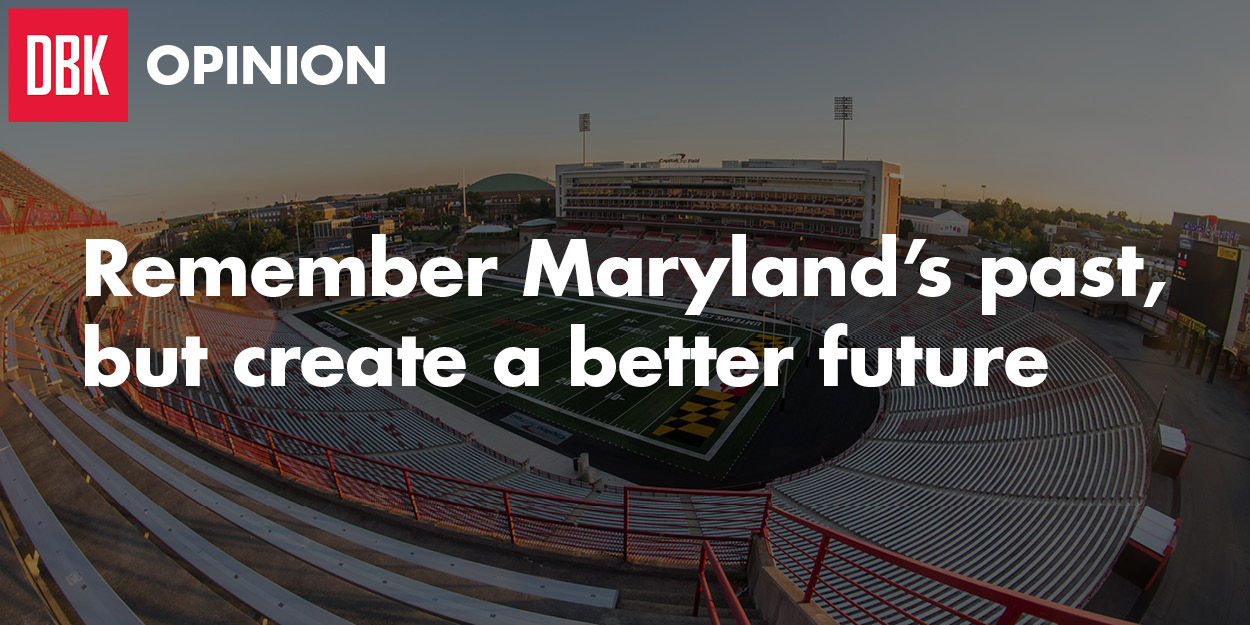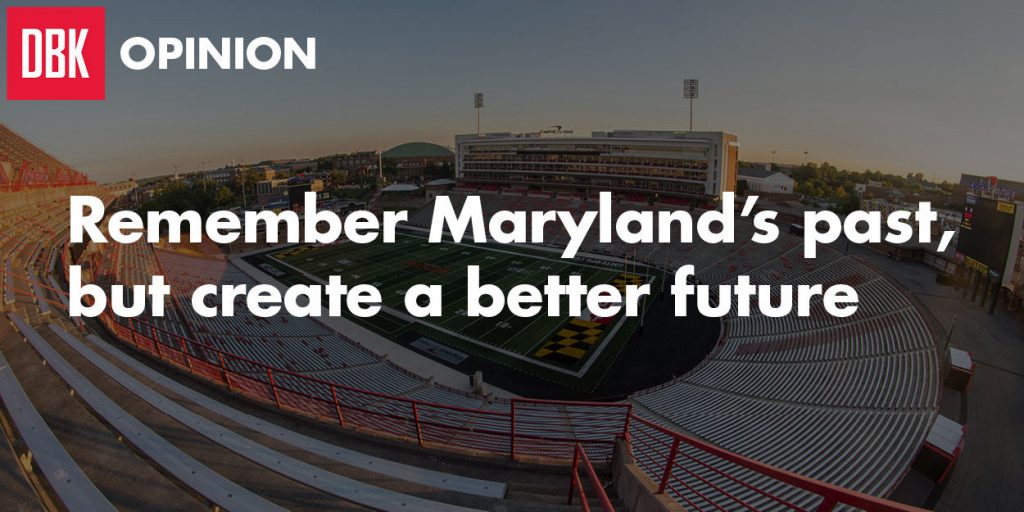In 1935, Donald Gaines Murray, an Amherst College alumnus, applied for admission to the University of Maryland School of Law. He later received a letter that stated, “The University of Maryland does not admit Negro students and your application is accordingly rejected.”
With the help of Thurgood Marshall, Murray filed suit, challenging the “separate but equal” doctrine that then justified segregation policies.
Because laws varied so much among states and Murray would be best served by an institution in his own state, the circuit court ruled in favor of Murray. After appeal, the decision was affirmed unanimously by the state Court of Appeals. While Murray did eventually receive his law degree, this was only one instance in a shameful history for this state.
For nearly a century, Maryland Agricultural College — and later, the University of Maryland — was closed to black students. Celebrated university president, gubernatorial candidate, athletic director and football and baseball coach Harry Clifton “Curley” Byrd was a staunch supporter of segregation throughout his career. He pushed for increased funding for this state’s black colleges to satisfy them without welcoming black students to College Park.
A famous incident during his time as president came in 1937, when this university refused to compete in a football game against Syracuse University unless it benched star player Wilmeth Sidat-Singh because of to the color of his skin. Responsibility for the decision to bench Sidat-Singh was claimed by then-athletic director and current namesake of this university’s recreation center, Geary Eppley. The campus only began to slowly integrate in the 1950s.
Some remnants of segregationist ideas are surprisingly visible on the campus to this day. In the 1970s, the issue of where the College Park Metro Station would be placed relative to campus was up for debate.
Despite projections indicating the stop would attract few riders due to its inconvenient location, the station was placed on the eastern side of the city. Researchers have found that then-university President Wilson Homer “Bull” Elkins opposed providing easier access to the campus for black residents of Washington and pressured for a more remote location. Although official policies of segregation were gone by then, racist mentalities had not gone away.
To help put that chapter of our history behind us, the university should consider doing more to celebrate the legacy of symbolic individuals who struggled for equality. The tradition of naming dorms after county seats is a great way to honor this state, so there should be a parallel tradition of naming future university facilities after important people in our civil rights and diversity history. For example, Pyon Su, the first Korean to attend this university, has a room in Stamp Student Union named in his honor, as does Marshall. Elizabeth Hook, the first woman to graduate from this university, should be similarly honored, as should Hiram Whittle, the first black undergraduate.
While the university did the right thing in 2013 when it honored Sidat-Singh at the Syracuse football game, a sour taste remains with the names of Byrd Stadium and Eppley Recreation Center.
While both namesakes’ contributions to growing and improving the university cannot be denied, their efforts at the time were intended to benefit only white stakeholders. Their mixed legacies should be used as examples in a dialogue re-evaluating the names of the stadium and gym. Similar to AlcoholEdu and the sexual misconduct training, an overview of our university’s history, both good and bad, should be introduced to students when they matriculate.
After recent events that remind us that racial discrimination is still alive, confronting the unfortunate truths of this university’s past will remind us how far we’ve come and how far we still need to go.
Daniel Galitsky is a junior economics and finance major. He can be reached at dgalitskydbk@gmail.com.





